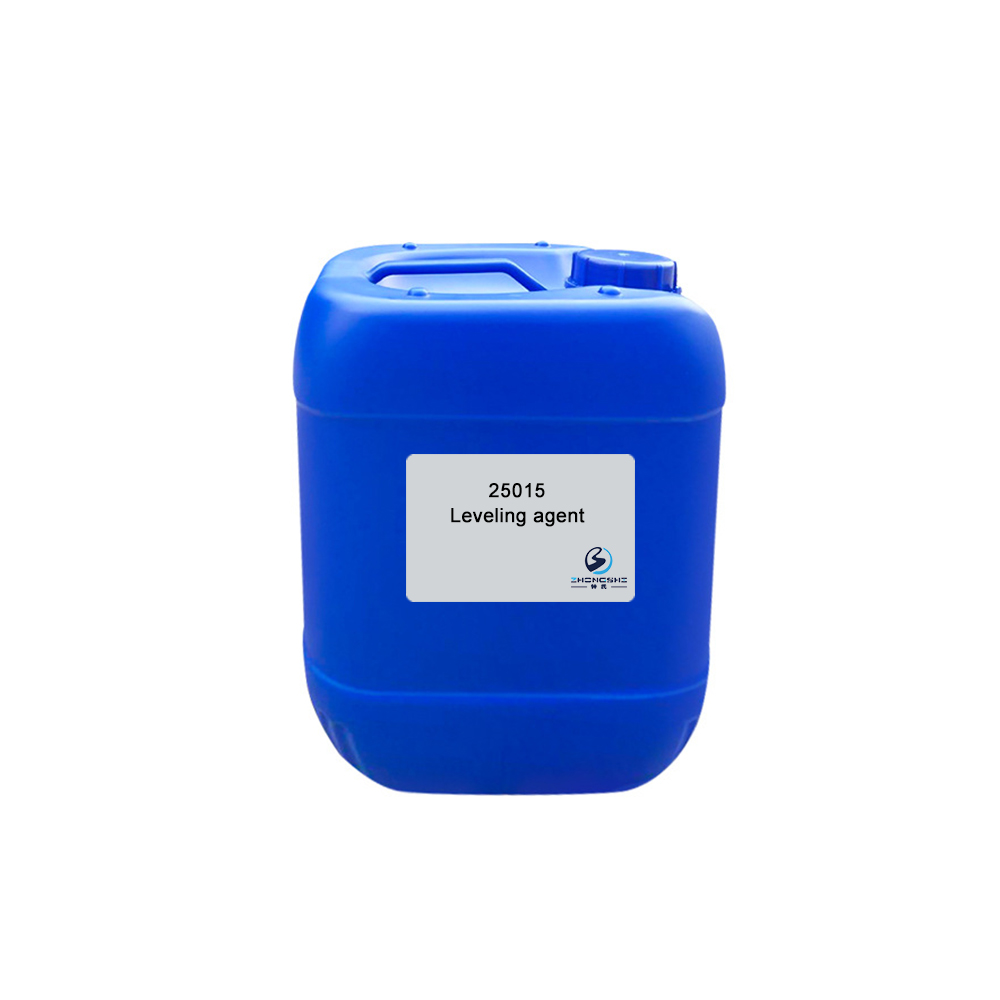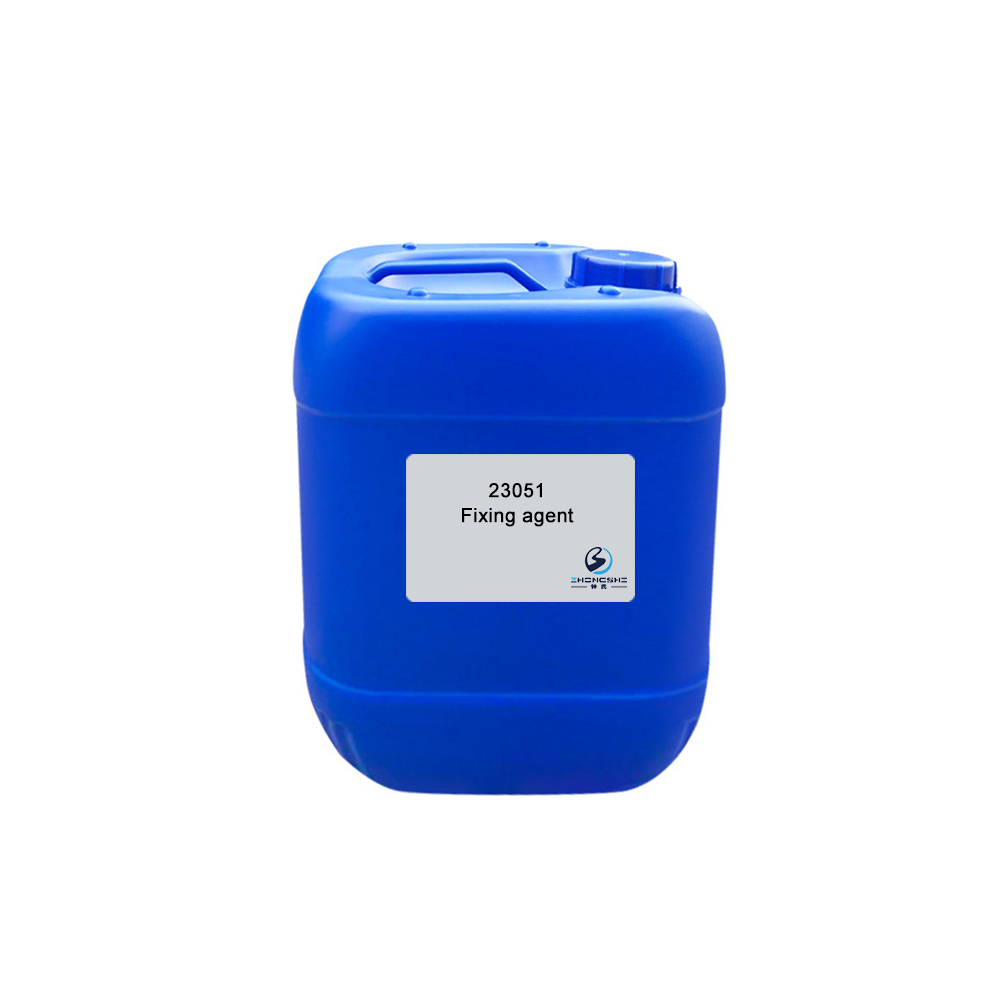Leveling Agent Textile Chemicals For Cotton Fabric Dyeing Auxiliaries
Features & Benefits
- Contains no APEO or phosphorus, etc. Fits environmental protection requirements.
- Improves dispersing ability and dissolving capacity of reactive dyes and direct dyes. Prevents coagulation of dyes caused by salting-out effect.
- Strong dispersing ability for impurities on raw cotton, as wax and pectin, etc. and sediments caused by hard water.
- Excellent chelating and dispersing effect on metal ions in water. Prevents dyes coagulating or color hue changing.
- Stable in electrolyte and alkali.
- Almost no foam.
Typical Properties
| Appearance: | Brown transparent liquid |
| Ionicity: | Anionic |
| pH value: | 8.0±1.0 (1% aqueous solution) |
| Solubility: | Soluble in water |
| Content: | 10% |
| Application: | Cotton and cotton blends |
Package
120kg plastic barrel, IBC tank & customized package available for selection
TIPS:
Principles of dyeing
The objective of dyeing is to produce uniform coloration of a substrate usually to match a pre-selected color. The color should be uniform throughout the substrate and be of a solid shade with no unlevelness or change in shade over the whole substrate. There are many factors that will influence the appearance of the final shade, including: texture of the substrate, construction of the substrate (both chemical and physical), pre-treatments applied to the substrate prior to dyeing and post-treatments applied after the dyeing process. The application of color can be achieved by a number of methods, but the most common three methods are exhaust dyeing (batch), continuous (padding) and printing.













